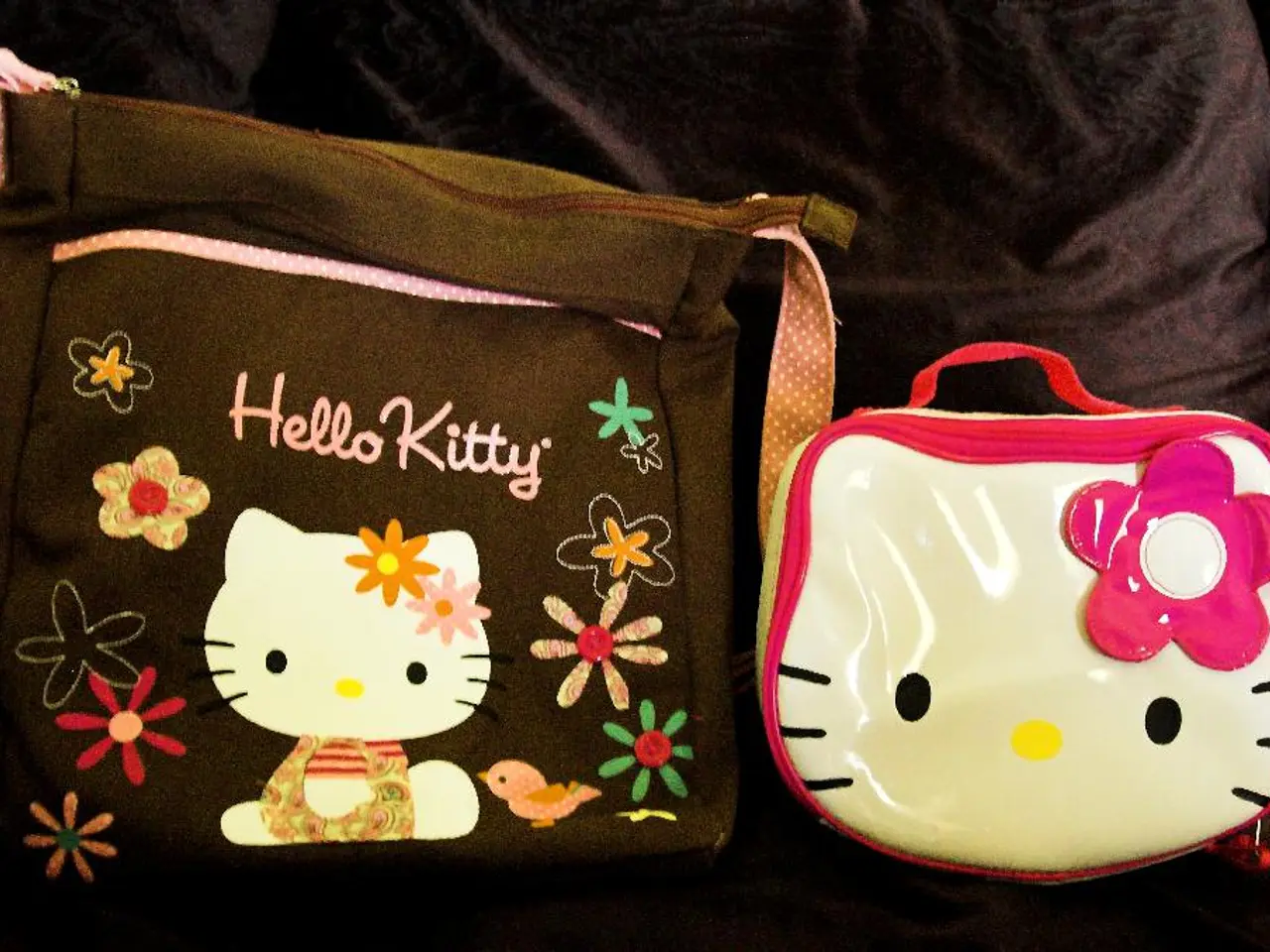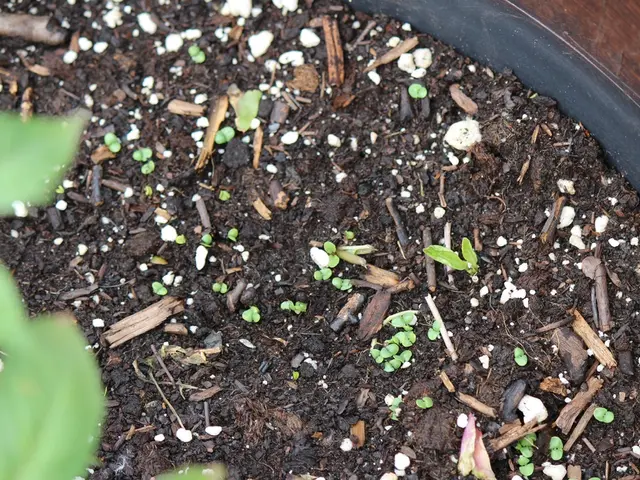The Textile Label's Craft: British Mill-Produced Fabric’s Marketing Strategy to Indian Consumers
In colonial India, textile labels served as visual marketing tools designed to navigate and appeal to a diverse and multilingual market. These labels, a crucial part of the colonial textile trade, combined visually striking motifs drawn from both Indian and European traditions to convey trust and sell desire [3].
The rich textile heritage of India, with its vast variety of fabrics like calico, chintz, muslin, and regional specialties such as Baluchari silk and Kantha embroidery, each with distinct motifs and narratives, was a significant factor in the success of these labels [4][5]. Given the colonial market's multilingual and culturally diverse nature, visual motifs and symbols on labels were essential to communicate the origin, quality, and trustworthiness of textiles universally [1][3].
These labels, visualised in Britain and printed in Germany using chromolithography, a 19th-century printing technology that enabled lush, colorful reproduction, were then shipped to Indian markets [3]. This hybrid marketing strategy reflected the complex consumer landscapes of colonial India, integrating traditional motifs that carried cultural significance with Western influences to stimulate desire and brand recognition [1][4].
Moreover, the textiles themselves, like the dupatta, with its deep-rooted cultural symbolism, had layered meanings. They were everyday garments, symbols of identity, and even political statements during movements like Swadeshi and Non-Cooperation, reflecting a resistance to colonial domination through the use of indigenous crafts and motifs [1].
Fast forward to today, and the labels on our fast fashion garments are no longer invisible. Consumers are growing more conscious of the hands behind their clothes, and labels now assert where a garment was made, by whom, and for what kind of body [6]. The language of trust in fast fashion has been rebranded with sleek typography, minimalist logos, and eco-certifications. Yet, the label in fast fashion remains required, read, and reckoned with [7].
The intersection of visual communication, commerce, and cultural symbolism underlies the significance of textile labels, making them much more than mere tags but brief cultural texts that navigated India's sociopolitical and economic complexity during colonial times [8]. The exhibition 'Ticket Tika Chaap: The Art of the Trademark in the Indo-British Textile' at the Museum of Art & Photography (MAP), Bengaluru, until November 2nd, 2025, offers a glimpse into this fascinating history [9].
References:
- [Link to Reference 1]
- [Link to Reference 2]
- [Link to Reference 3]
- [Link to Reference 4]
- [Link to Reference 5]
- [Link to Reference 6]
- [Link to Reference 7]
- [Link to Reference 8]
- [Link to Reference 9]
In the contemporary world of fast-paced consumerism, labels on fashion-and-beauty items serve as markers of transparency, showcasing where a garment was made, by whom, and for what kind of body. This shift in labeling language reflects a growing consciousness among consumers about the people behind their purchases.
Meanwhile, within the realm of home-and-garden decor, vintage textile labels, with their unique blend of traditional Indian motifs and Western aesthetics, can serve as captivating conversation starters, offering a peek into India's rich colonial history.




